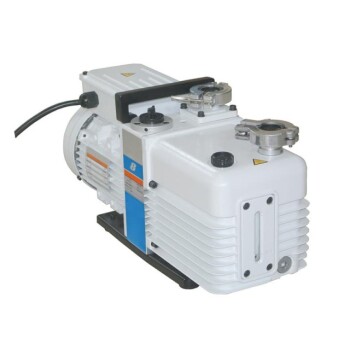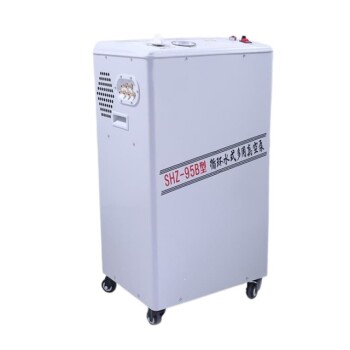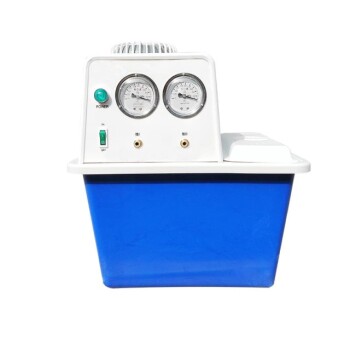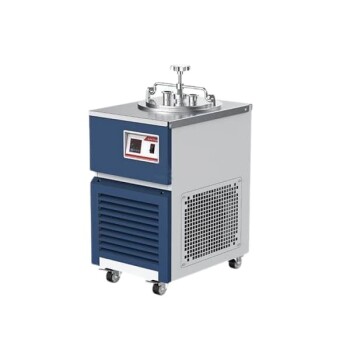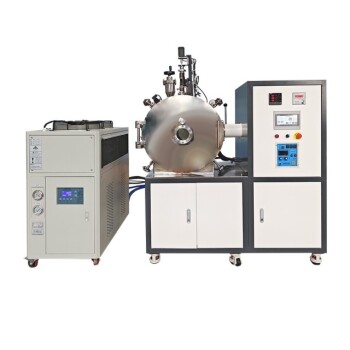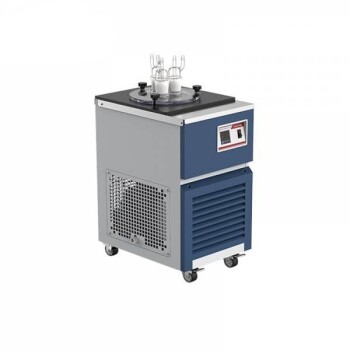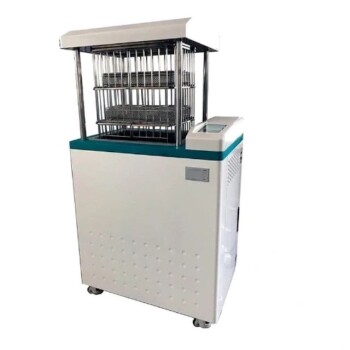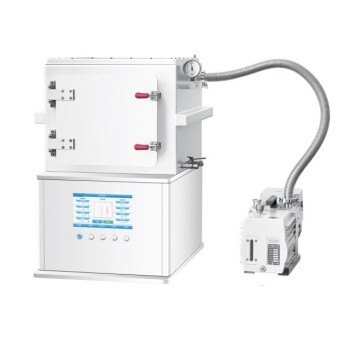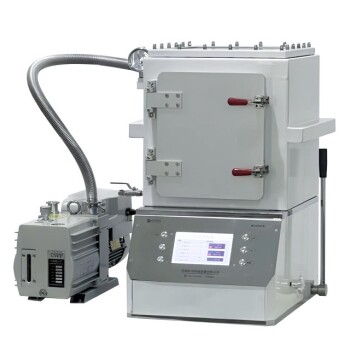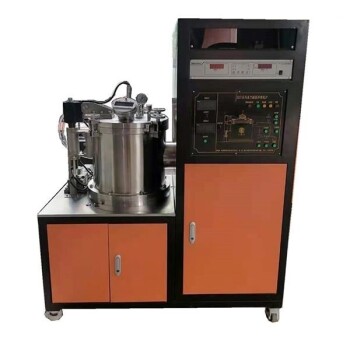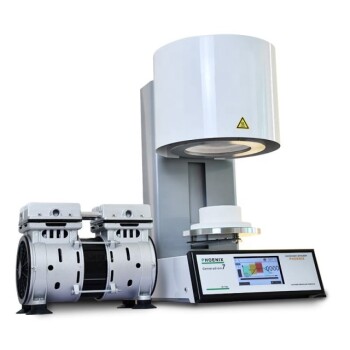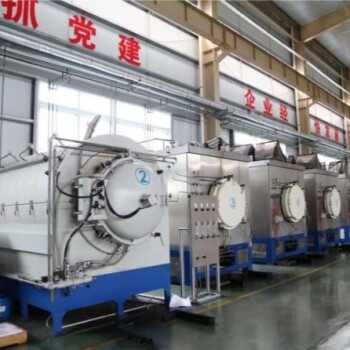A vacuum pump can fail due to a variety of reasons, ranging from mechanical wear and tear to improper maintenance and external factors like contamination. Common causes include overheating, debris in the oil, improper cleaning, and system leaks. Additionally, issues like non-starting pumps, inability to reach optimal pressure, low speed, and rapid pressure rise can indicate underlying problems. Regular maintenance, proper cooling, and timely repairs are essential to prevent these failures. Below, we explore the key reasons for vacuum pump failure and how to address them effectively.
Key Points Explained:

-
Overheating Due to Long-Term Operation
- Cause: Continuous operation without adequate cooling can cause the pump to overheat, leading to the expansion of machine parts and reduced efficiency.
- Solution: Strengthen cooling mechanisms, ensure proper ventilation, and monitor the pump's temperature during operation.
-
Debris or Contamination in the Oil
- Cause: Dirt, debris, or chemical vapors can contaminate the pump oil, reducing its effectiveness and causing mechanical wear.
- Solution: Regularly clean the pump and replace the oil. Use high-quality oil and ensure the system is sealed to prevent contamination.
-
Improper Cleaning and Maintenance
- Cause: Lack of regular cleaning can lead to clogged filters, trapped dirt, and reduced performance.
- Solution: Establish a routine maintenance schedule, clean filters, and inspect the pump for any signs of wear or damage.
-
System Leaks or Faulty Components
- Cause: Leaks in the system, malfunctioning anti-suck-back valves, or damaged seals can prevent the pump from maintaining optimal pressure.
- Solution: Inspect the system for leaks, replace faulty valves or seals, and ensure all connections are secure.
-
Non-Starting Pumps
- Cause: Electrical issues, such as faulty connections or tripped motor protection switches, can prevent the pump from starting.
- Solution: Check electrical connections, reset motor protection switches, and ensure the power supply is stable.
-
Inability to Reach Optimal Pressure
- Cause: Incorrect gauges, dirty filters, or leaks can prevent the pump from achieving the desired pressure.
- Solution: Verify the accuracy of gauges, clean or replace filters, and repair any leaks in the system.
-
Low Pump Speed
- Cause: Trapped dirt or clogged exhaust filters can reduce the pump's speed and efficiency.
- Solution: Clean the pump thoroughly, replace clogged filters, and ensure the exhaust system is functioning properly.
-
Rapid Pressure Rise
- Cause: A system leak or malfunctioning anti-suck-back valve can cause pressure to rise too quickly.
- Solution: Inspect the system for leaks, replace faulty valves, and ensure the pump is operating within its specified parameters.
-
Chemical Vapor Exposure
- Cause: Exposure to chemical vapors can degrade pump components and oil, leading to failure.
- Solution: Use pumps designed to handle chemical vapors, and perform regular maintenance to mitigate the effects of exposure.
-
Expansion of Machine Parts
- Cause: Overheating or prolonged use can cause machine parts to expand, leading to reduced clearances and increased friction.
- Solution: Monitor operating temperatures, ensure proper cooling, and replace worn-out parts to maintain optimal performance.
By addressing these key points, you can significantly reduce the likelihood of vacuum pump failure and ensure the longevity and efficiency of your equipment. Regular maintenance, proper cooling, and timely repairs are essential for keeping your vacuum pump in optimal condition.
Summary Table:
| Cause of Failure | Solution |
|---|---|
| Overheating due to long-term use | Strengthen cooling, ensure ventilation, monitor temperature. |
| Debris or contamination in oil | Clean pump, replace oil, use high-quality oil, and seal the system. |
| Improper cleaning and maintenance | Establish routine maintenance, clean filters, and inspect for wear. |
| System leaks or faulty components | Inspect for leaks, replace faulty valves/seals, and secure connections. |
| Non-starting pumps | Check electrical connections, reset motor switches, and stabilize power. |
| Inability to reach optimal pressure | Verify gauges, clean/replace filters, and repair leaks. |
| Low pump speed | Clean pump, replace clogged filters, and ensure proper exhaust function. |
| Rapid pressure rise | Inspect for leaks, replace faulty valves, and monitor pump parameters. |
| Chemical vapor exposure | Use chemical-resistant pumps and perform regular maintenance. |
| Expansion of machine parts | Monitor temperatures, ensure cooling, and replace worn-out parts. |
Ensure your vacuum pump operates at peak efficiency—contact our experts today for tailored solutions!
